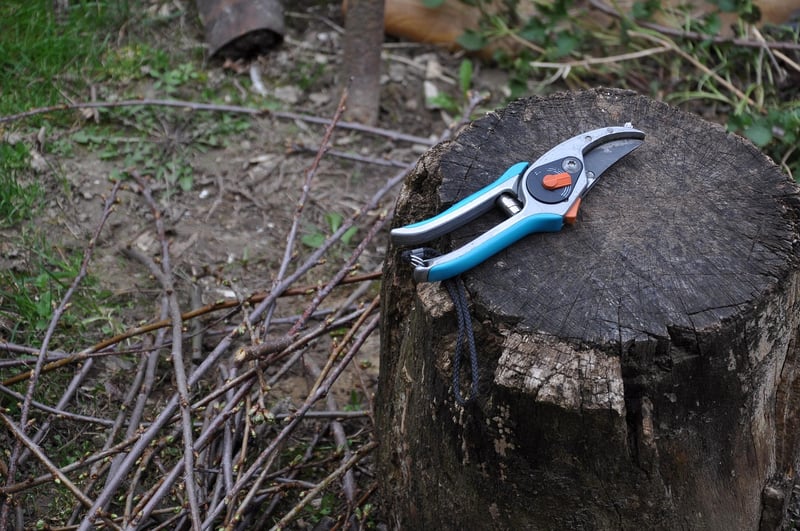Pruning techniques
Keeping Your Vertical Garden Healthy: Pruning Techniques

Introduction
Vertical gardens are a wonderful way to bring greenery into small spaces and add visual interest to your home or office. To ensure your vertical garden stays healthy and vibrant, proper pruning techniques are essential. In this article, we will explore the importance of pruning and provide you with tips on how to keep your vertical garden in top condition.
Why Pruning is Important
Pruning is crucial for maintaining the health and appearance of your vertical garden. By removing dead or overgrown foliage, you allow the remaining plants to thrive by receiving more sunlight, water, and nutrients. Regular pruning also helps prevent diseases and pest infestations, keeping your garden in optimal condition.
Pruning Techniques
Here are some essential pruning techniques to keep your vertical garden healthy:
- Deadheading: Remove dead flowers or foliage to encourage new growth and prevent disease spread.
- Pinching: Pinch back the tips of vines or stems to promote bushier growth and prevent legginess.
- Thinning: Remove overcrowded or weak stems to improve air circulation and light penetration.
- Trimming: Regularly trim back overgrown plants to maintain the desired shape and size of your vertical garden.
- Training: Guide the growth of vines or climbers by gently tying them to supports or trellises.
Conclusion
By implementing proper pruning techniques, you can ensure that your vertical garden remains healthy, lush, and visually appealing. Regular maintenance and care are key to the success of your vertical garden, so don't forget to schedule pruning sessions to keep your plants happy and thriving.
Remember, a well-pruned vertical garden is not only beautiful to look at but also promotes plant health and longevity.
Happy gardening!
